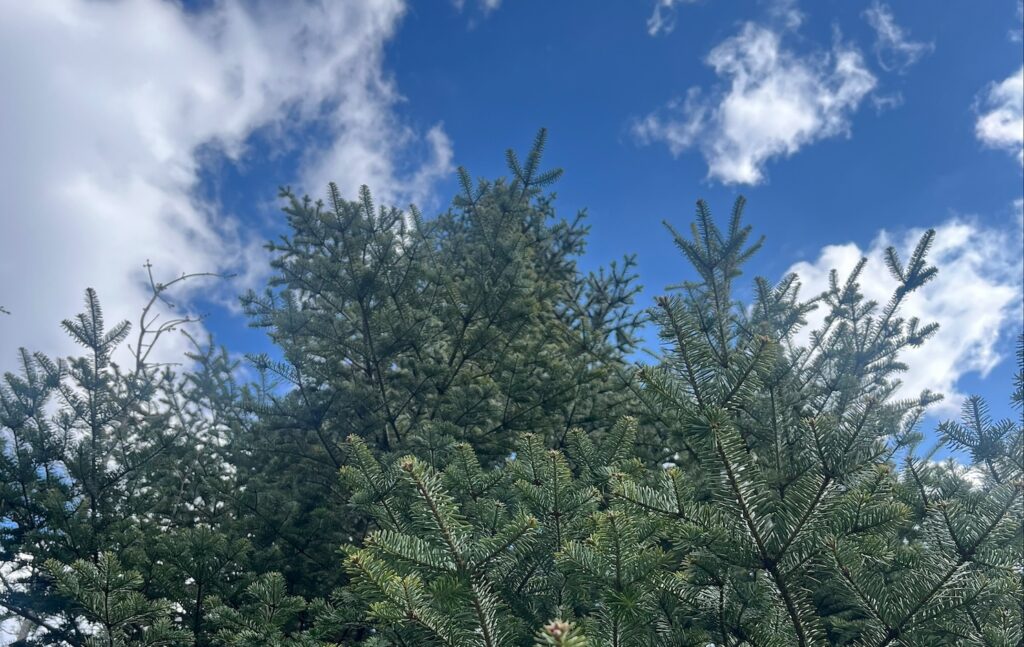Winter is the time for rest and rejuvenation as the energy of many plants move underground for the cold weather and spring rebirth. Evergreens continue to be a rich source of vital nutrients throughout these colder months serving as resilient winter allies.
Coniferous gifts
Evergreens such as Pine, Pinus, Fir and Spruce with their needles, young buds and inner barks contain an array of medicinal properties such as vitamin C in the needles and resinous, tannic properties throughout the tree. These wondrous gifts serve as antivirals, antioxidants, analgesics, antiseptics, tonics and much more.
The vitamin C found in needles and the inner barks can be chewed and spit out. This will not only freshen your breath, but also provide a dose of essential vitamins that protect and strengthen the immune system.

In 1534, when the French explorer Jacques Cartier anchored in the Saint Lawrence River, many of this crew members had died of scurvy. Local Indians saved the survivors with a rich vitamin C tea made from pine needles. 1
Conifer tree sap or resins contain nutrients and minerals like our blood supply. The polysaccharides and glycosides of evergreen sap have compounds that are immune-enhancing and nutritive.
Topically the sap can be used as a compress or in a salve to improve circulation and encourage blood clots to dissolve. The antiseptic properties of the sap can be applied to infected skin wounds to clean the area.
Evergreen herbs have been added to baths to treat arthritic pain, insomnia, muscle soreness, and nervous debility. (Mars) As a steam inhalation, the essential oils reduce respiratory congestion.
Evergreen Explorations
You can harvest a few of the evergreen tips the next time you are on a winter walk for a refreshing tea. The tips contain the most vitamin C in the weeks before the buds flower when the tips are turning out fresh growth. This is typically anytime in February to mid March.
When you bring the tips home it is a great idea to bruise the branches ever so slightly to release the volatile oils. You can use a mortar and pestle to gently press on the branches. Cutting the needles in thinner pieces will also release the oils. Evergreen tea is best when freshly harvested due to the release of so many beneficial oils. When the herb is dried, the oils aren’t quite as potent.
Tip Tea
Boil 16 ounces of water and add a few handfuls of the freshly chopped evergreen needles and branches. Cover and steep 10 minutes. Feel free to add a blend of evergreen tips like pine, spruce and fir.
Vernal Variation
Boil 16 ounces of water and add a few handfuls of the freshly chopped evergreen needles and branches with nettle and rose herb. Nettle is great for the transition into spring as the trees begin to pollinate and many people become allergic. The nutritive properties of nettle aid the body’s resistance to pollens and molds.

- The Desktop Guide to Herbal Medicine, Second Edition, by: Brigitte Mars, A.H.G. ↩︎


